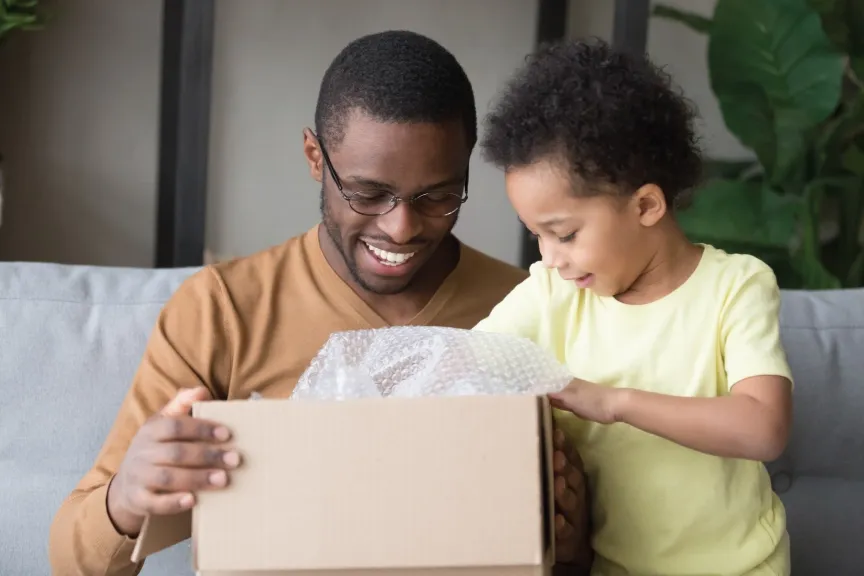
November 27, 2020
Rip and Tear: Discovery at Home
Destruction is fun for all ages! Join Ms. Nancy at the Kansas Children's Discovery Center as she destroys recycled materials while...
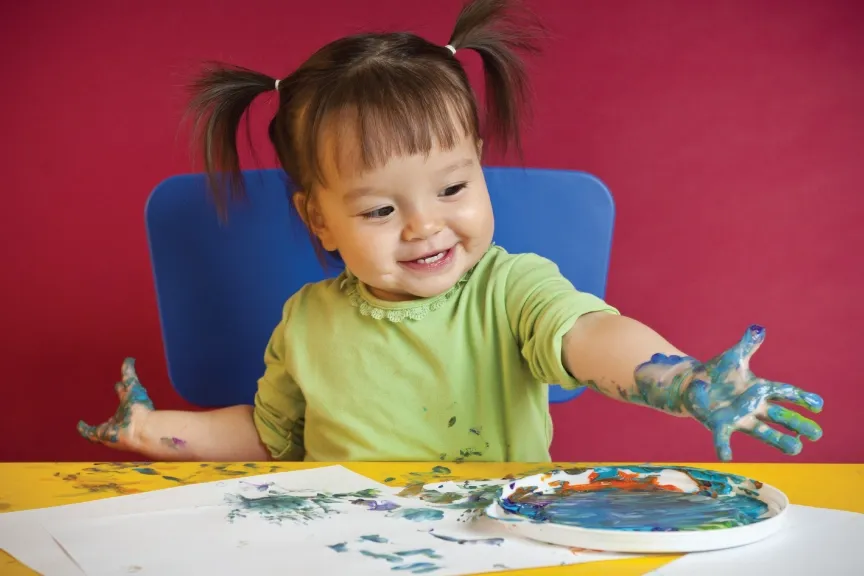
November 27, 2020
Toddler Finger Paint: Discovery at Home
Get messy! Ms. Nancy will show you one way to create safe finger paints for your toddler that will create lots of messy fun! This activity...
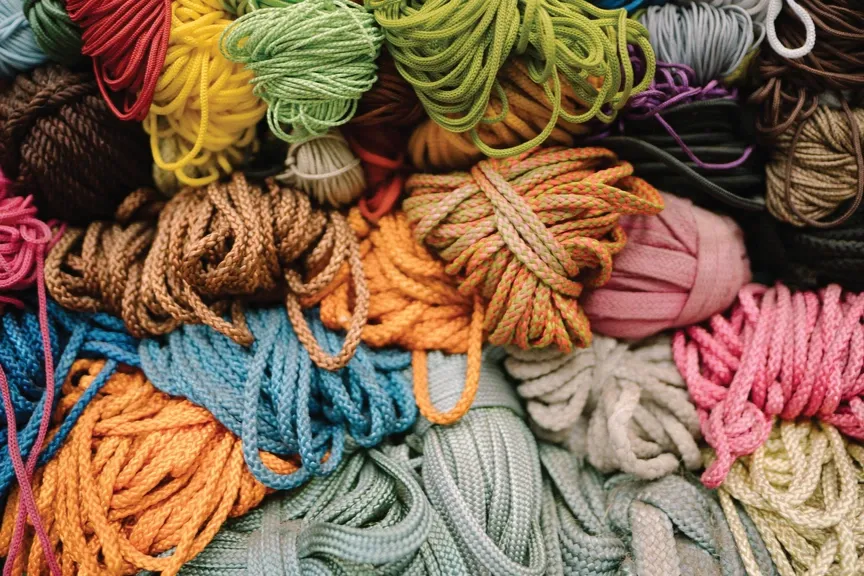
November 27, 2020
Spider Web Game: Discovery at Home
Practice problem solving! Trap toys at the bottom of a laundry basket under a spider web made of string to keep your toddler busy! Quick...
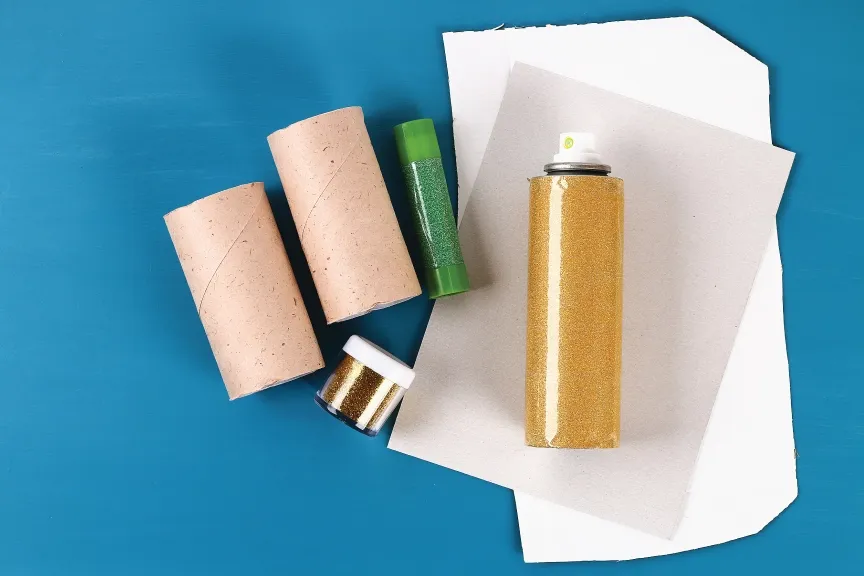
November 27, 2020
Toddler Kazoo: Discovery at Home
Dun-da-da-dunnn! Create kazoo sound waves with Ms. Nancy at the Kansas Children's Discovery Center! Using recycled materials and other...
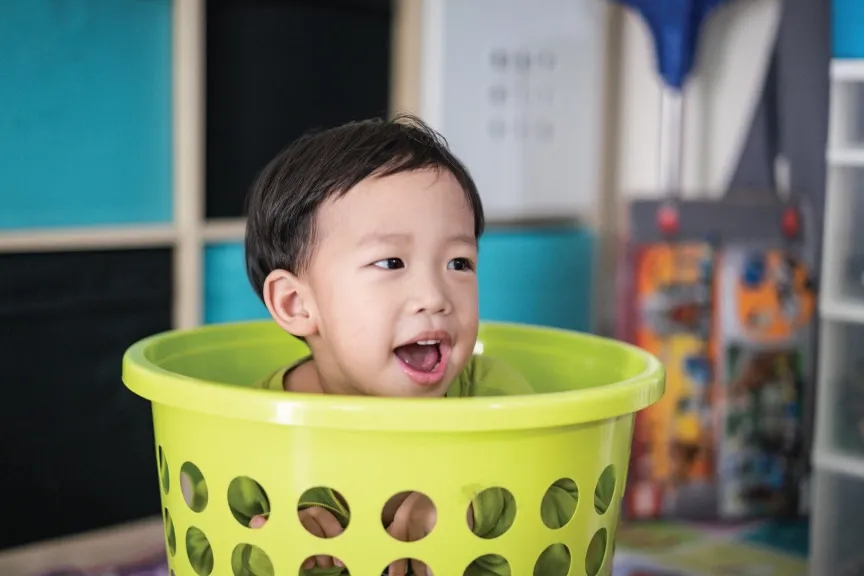
November 27, 2020
Laundry Basket Train: Discovery at Home
Choo choo! Hop aboard with Ms. Nancy at the Kansas Children's Discovery Center for a fun toddler train! Using items from your house,...

November 21, 2020
Imitation Game: Discovery at Home
Copy cats are not always a bad thing! Join Ms. Nancy at the Kansas Children's Discovery Center as she describes the imitation game!...

November 21, 2020
Fisher-tots: Discovery at Home
Need an adventure for your toddler? Join Ms. Nancy at the Kansas Children's Discovery Center in exploring the ocean as she heads out on an...
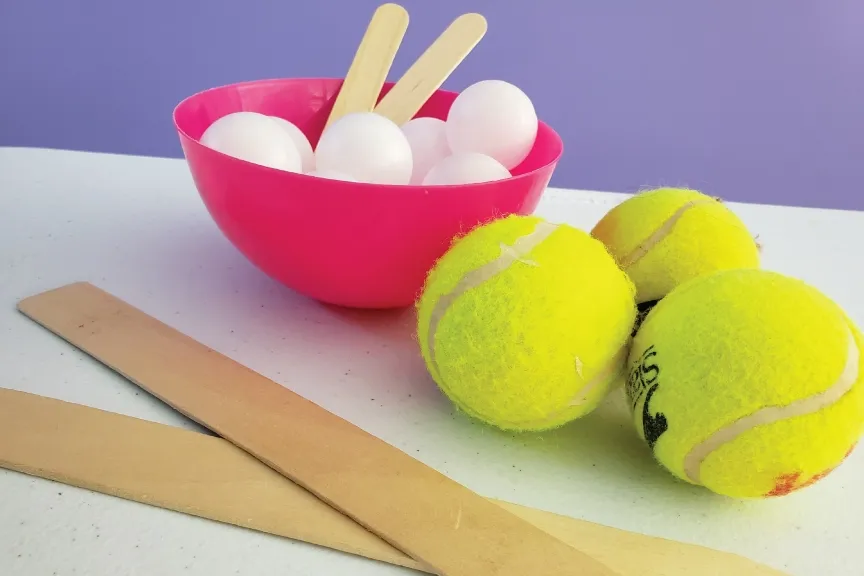
September 4, 2020
Pickup Challenge: Discovery at Home
Pick up sticks! It's time for a challenge from Caitlin Luttjohann, Director of STEAM Education at the Kansas Children's Discovery Center....
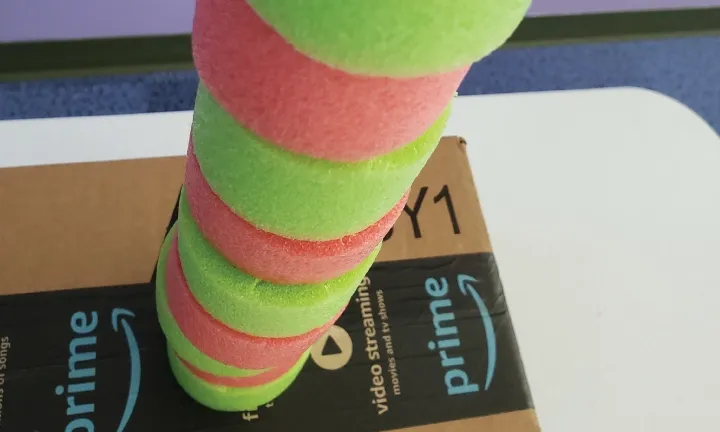
August 26, 2020
Pool Noodle Stacking Challenge: Discovery at Home
Stack 'em up! Engineer a platform and compete in a fine motor stacking challenge! This activity is generously supported by our friends at...
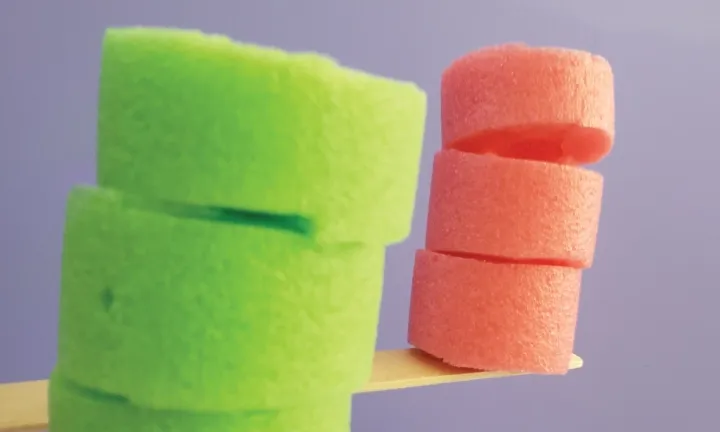
August 22, 2020
Pool Noodle Balancing Act: Discovery at Home
It's a balancing act! Recycle a pool noodle and hone your engineering skills for this scientific balancing act! This activity is...